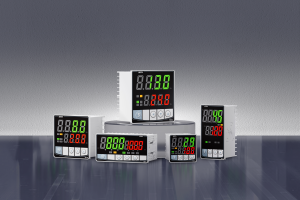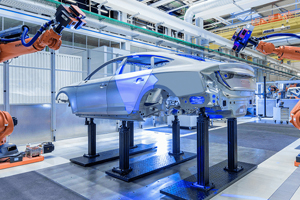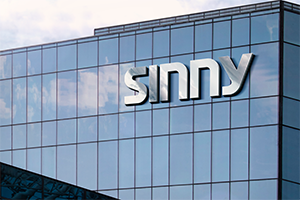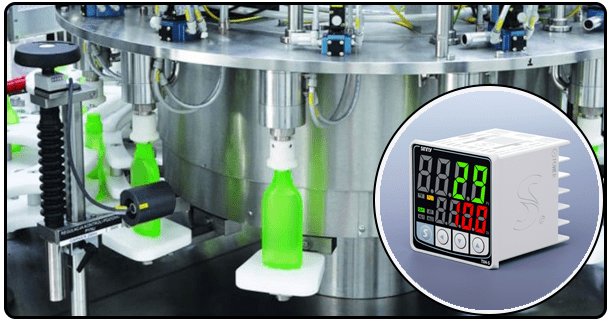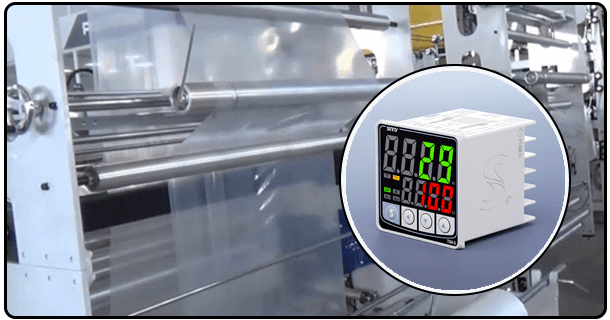The Complete Guide to Temperature and Humidity Controllers: Applications & Comprehensive Guide
1. Introduction
To ensure quality and comfort of products, as well as operational efficiency, it is essential that these parameters be managed with precision and stability. In order to achieve this level of precision, PID controllers, which are devices designed to regulate process through proportional integral and derivative feedback loops, play a crucial role. This article will examine the basics of PID temperature and humidity controllers. We'll also discuss their features and tuning techniques.
Proportional term This component is designed to address the error that exists between the setpoint value and the variable being measured. The control output is adjusted proportionally according to the magnitude error.
Integral term: The component that accumulates previous errors in order to achieve stability and eliminate offset over time.
Derivative Terms This term is used to predict future errors by analyzing the rate at which the changes occur. It allows the system respond in advance.
These three components ensure an accurate and responsive temperature and humidity control. PID controllers are therefore an essential tool to manage both.
2. Heat and Humidity Basics
The sensors are crucial in the monitoring of these parameters. Temperature and humidity sensors of high quality provide feedback in real time, which allows PID controllers make accurate adjustments. However, stabilizing the control system is difficult due to changing environmental conditions, variable loads and limitations in sensor accuracy.
3. PID controllers and Temperature and Humidity
The feedback loop is used by PID controllers to control temperature and humidity. The PID controller continuously compares the measured environmental parameters with setpoints. The controller will adjust the output to the heaters or coolers based on the error calculated.
In a system for temperature control, a PID controller can regulate the heating element's operation to keep the temperature constant. In humidity control systems the PID controls the humidifier's or dehumidifier's output to reach the desired level of humidity. Integrating high-precision sensor ensures accurate adjustments and timely responses.
4. Features and Benefits of PID Temperature Controllers
The modern PID controllers are equipped with a variety of features, making them ideal for a wide range applications.
Accuracy and Precision: Advanced algorithms provide stable control in even dynamic environments.
Sensor compatibility PID controllers can be used with a wide range of temperature and humidity sensor.
Easy to Use: The user-friendly interfaces, programmability and easy setup allow for quick customization.
Durability: Robust designs ensure reliable operation in demanding industrial conditions.
PID controllers are indispensable in industries that need to control the environment.
5. Application
Temperature and humidity PID Controllers are versatile enough to be used in multiple industries.
The greenhouse regulates temperature and humidity to optimize plant growth.
Industrial processes: Maintaining constant conditions increases product quality while reducing energy consumption.
Data Centres: Maintaining ideal humidity levels prevents damage to equipment and improves reliability.
Medical environments Sterile medical environments must meet strict regulatory requirements for temperature and humidity.
The applications highlight the crucial role that PID controllers play in maintaining safety and efficiency.
6. How to Choose the Best PID Control
The selection of the PID controller is based on many factors.
Accuracy : Make sure the controller is up to the requirements for precision of your application.
Fast Response Time Choose controllers that have fast response time for environments with dynamic conditions.
Compatible: Check sensor compatibility before integrating.
Reputation of Brands: Choose reputable brands such as Eurotherm and Omron to ensure quality.
Comparing specifications and conducting thorough research will allow you to make an informed choice.
7. Setup and tuning a PID controller
Installation and tuning of PID controllers are crucial to maximizing their performance. Here are some step-by-step instructions:
Installation Install the PID controller, and then connect the sensors and actuators.
Calibration : calibrate the sensors for accurate feedback.
Tuning Use Ziegler Nichols, or try and error to set the PID parameter.
Test: Validate performance by testing the system in different conditions.
Troubleshooting : Resolve common problems such as sensor drift and actuator delays.
The correct tuning of the system ensures that it operates effectively and is stable.
8. Trends for PID controllers
Environmental control systems are revolutionized by the integration of PID Controllers and IoT/AI technologies. IoT enabled PID controllers enable remote monitoring and adjustment through cloud platforms. Artificial intelligence-driven adaptive controllers are able to predict changing conditions and adapt dynamically. This increases efficiency. Sensor technology advances have further enhanced the abilities of PID controls, which makes them essential in modern industries.
PID controllers are expected to continue playing a crucial role as technology advances.
Discover the basics of PID temperature and humidity controllers. Learn about their features and applications. Learn how advanced systems can ensure efficiency and precision across industries.
- A Guide to the TA4 Temperature Controller with SNR and PID: A Comprehensive Guide
- Temperature Control PID C Code - Implementation Guide for Precision Heat Regulation


